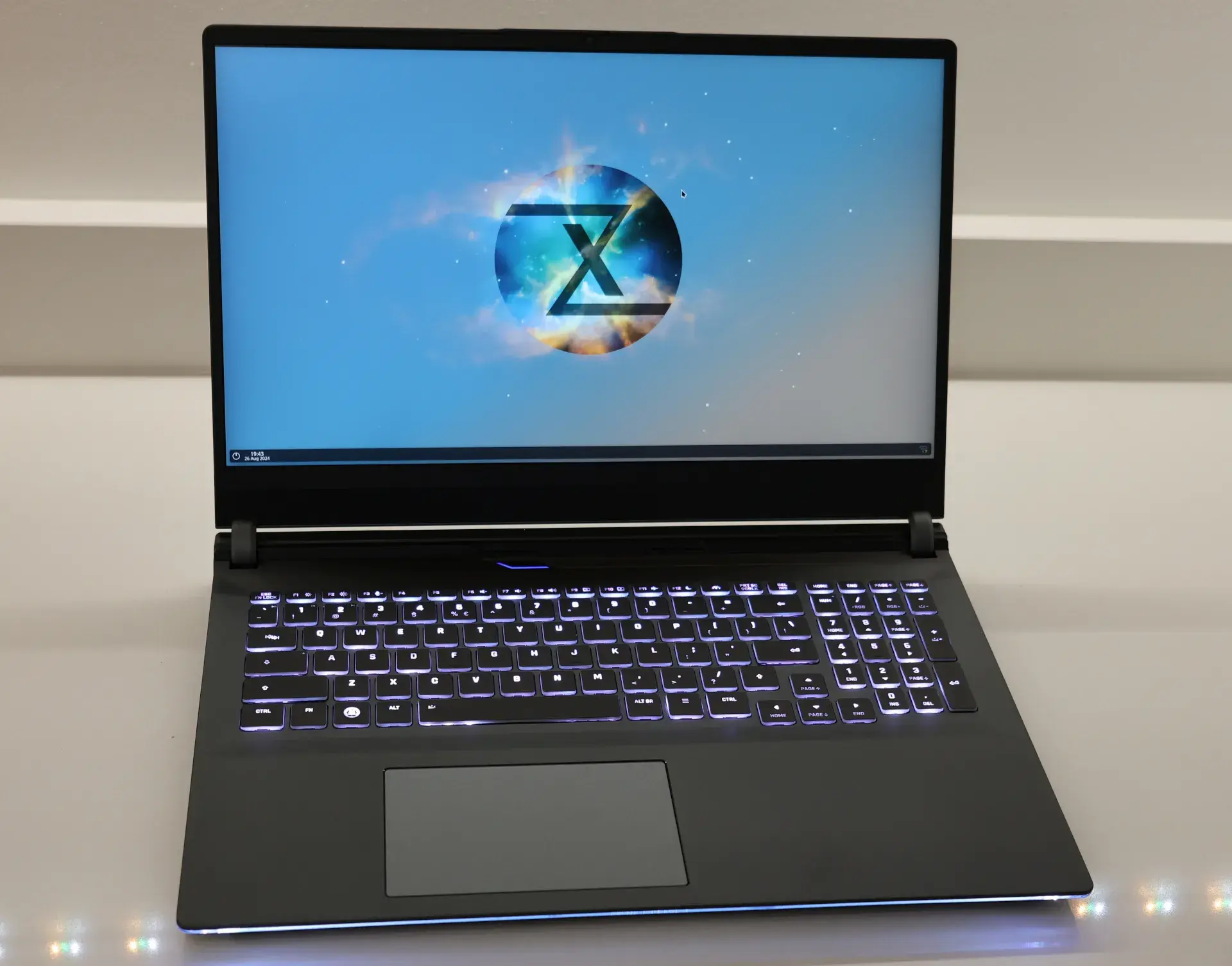A new patch series posted today to the Linux kernel mailing list would block kernel modules/drivers from TUXEDO Computers from accessing GPL-only symbols in the kernel.
TUXEDO Computers maintains a set of kernel drivers currently out-of-tree for their various laptops for additional functionality around power profiles, keyboard backlight controls, WMI, sensor monitoring, the embedded controller, and other functionality. They have said they want to eventually mainline these drivers but in the name of allowing for rapid hardware support they maintain them out-of-tree and ship them with their Ubuntu-based TUXEDO OS and also have the driver sources available via GitLab.
The issue at hand though is that these kernel drivers marked as GPLv3+ and that conflicts with the upstream Linux kernel code licensed as GPLv2. There was a commit to change the driver license from GPLv3 to GPL(v2) but was reverted by TUXEDO Computers on the basis of “until the legal stuff is sorted out.”
Update: TUXEDO Computers Relicenses Some Of Their Drivers To GPLv2
As of yesterday, TUXEDO Computers has now been able to re-license their driver consisting of fully in-house code from GPLv3 to GPLv2+. These are the TUXEDO Computers drivers where it’s all written by TUXEDO employees and not having to worry about code from any third-party developers or other vendors.
The gxtp7380, ite_8291, ite_8291_lb, ite_8297, stk8321, tuxedo_compatibility_check, tuxedo_nb02_nvidia_power_ctrl, and tuxedo_tuxi drivers are the initial ones able to be moved to the GPLv2+ licensing for satisfying upstream Linux kernel developers. Moving the other drivers to GPLv2+ will take longer due to needing to check with the associated parties that contributed to those drivers.



Yeah, but dudes there are kinda pissed off about semantics, IMO. Like, unless there’s a PR from tuxedo using the same v3, I don’t think it should concern them in the slightest… And instead of saying “keep in mind it’s not upstreamable” they go out of their way to mark tuxedo’s patches as proprietary 🤨
Well related to the owner is the very definition of proprietary. So as far as upstream vs not available for upstream is concerned. That is what the term is used for in linux.
So yep by its very definition while a manufacture is using a licence that other distributions cannot embed with their code. Marking it proprietary is how the linux kernal tree was designed to handle it.
EDIT: The confusion sorta comes from the whole history of IBM and the PC.
Huge amounts of PC hardware (and honestly all modern electronics) are protected by hardware patients. Its inbuilt into the very history of IBMs bios being reverse engineered in the 1980s.
So as Linux for all its huge hardware support base today. It was originally designed as a x86(IBM PC) compatible version of Unix.
As such when Stallman created GPL 3 in part as a way of trying to end hardware patients. Linux was forced to remain on GPL 2 simply because it is unable to exist under GPL 3 freedom orientated restrictions.
The proprietary title is not seen as an insult. But simply an indication that it is not in the control of the developers labelling it.
Ah, okay, thanks for clarification
Tuxedo is violating Linux’s licence - driver modules use the kernel and therefore have to be released under a compatible licence. That’s all.